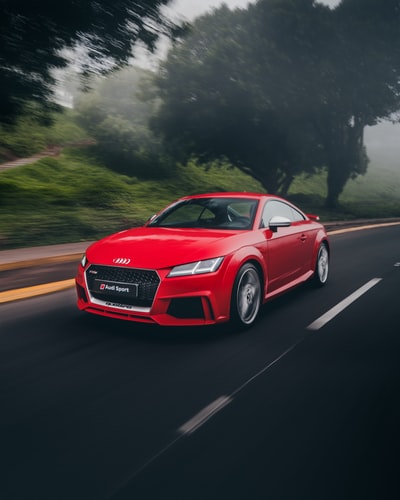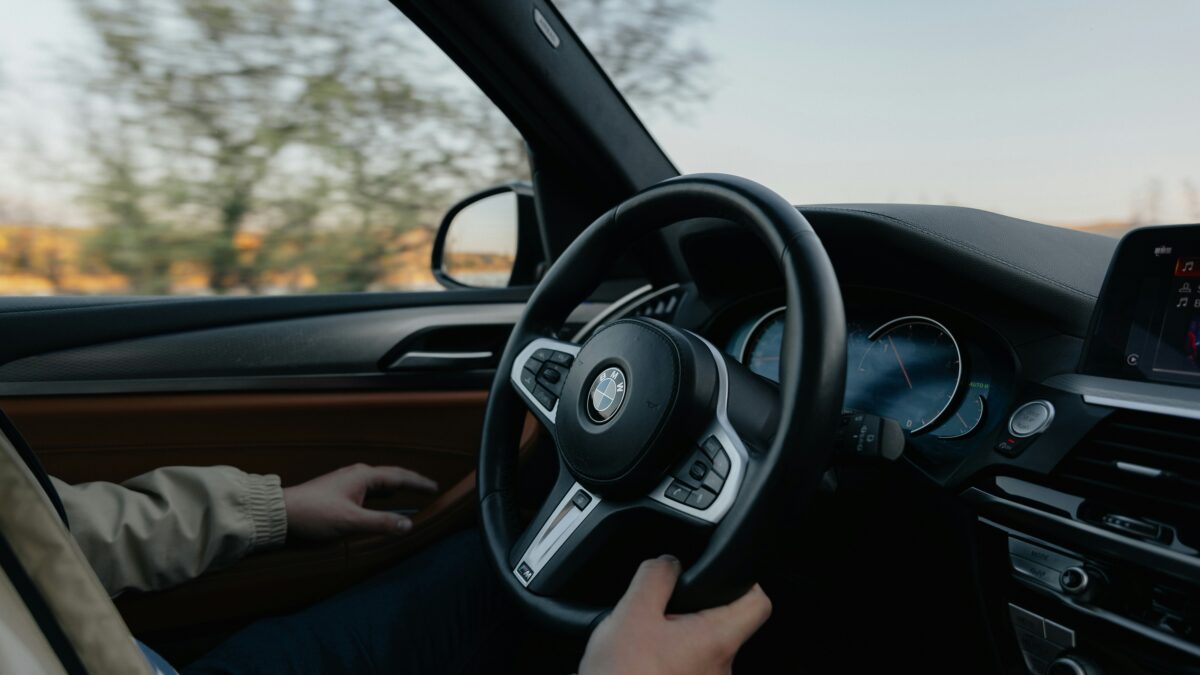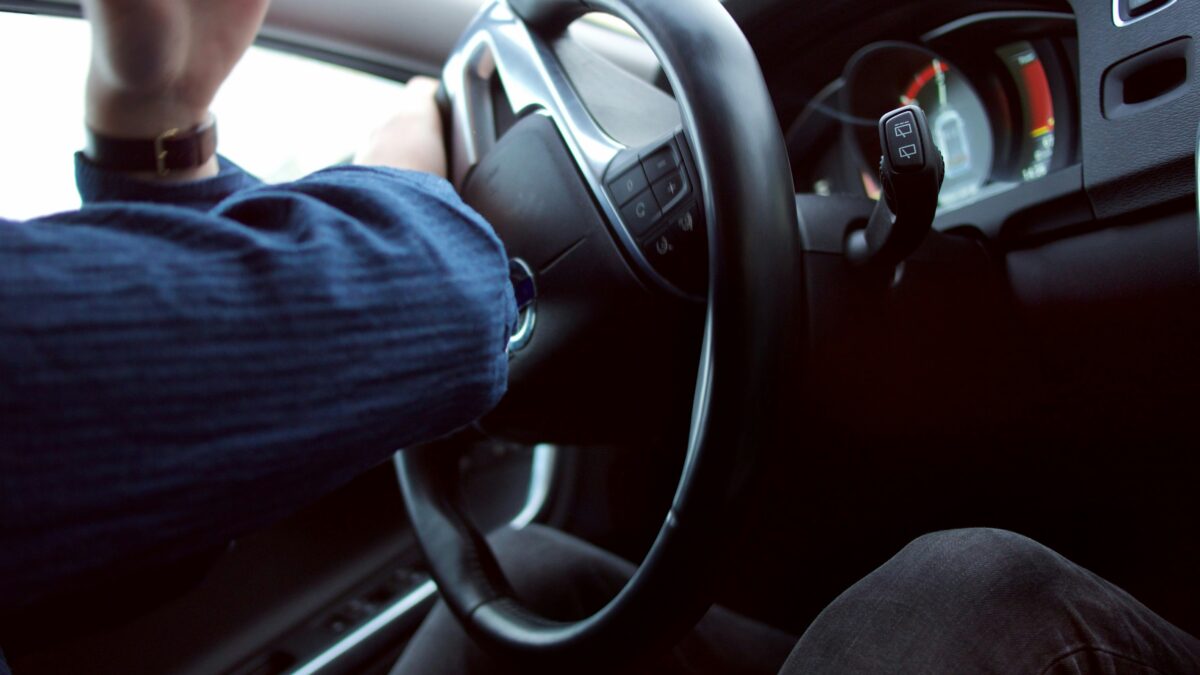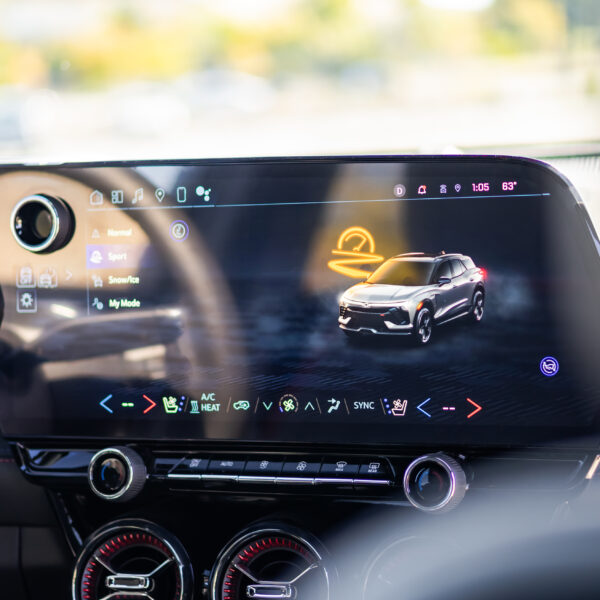The Safety of Self-Driving Cars: A Review
The safety of self-driving cars continues to improve. While there is still more work to be done before they become commonplace, the progress made towards driverless vehicles is promising.
What are self-driving cars?
Self-driving cars, also called autonomous vehicles, are vehicles that control themselves without the driver having to intervene. There are different levels of self-driving cars, ranging from certain components of driving are automatically controlled by the vehicle to fully autonomous vehicles in which the vehicle automatically handles every driving situation. The five levels of self-driving cars are:
- Level one – Driver assistance
- Level two – Partial automation
- Level three – Conditional automation
- Level four – High automation
- Level five – Full automation
For example, cruise control, a popular feature of most modern cars in which the driver can control the speed without using the gas pedal, is a type of autonomous feature. Experts refer to this as a “level one” layer of autonomy. At its most advanced stage, cars drive themselves completely, handling speed control, turning, navigation, stopping at red lights, breaking when approaching a slowed or stopped car, etc.
Although most automobile corporations are starting to develop autonomous vehicles, there are several that are leading the charge. Most notably, Tesla and Nissan are leading the charge, along with technology development contributions from Uber and Google.
How do self-driving cars work?
Self-driving cars work by relying upon the installed technological features, including sensors, cameras, installed navigation devices, radars and more. For example, strategically placed sensors detect how close the vehicle is to other cars and obstacles.
If necessary, the sensors trigger a warning or automatically slow or stop the vehicle if the car senses it is too close to another vehicle, pedestrian, etc. The video cameras can pick up road signs, traffic lights, pedestrians and more and act accordingly. Of course, the way fully autonomous works is more in-depth and complex. One obstacle is that they must be perfect (or at least very close to perfect) before they are safe to use.
The safety of self-driving cars, for real
As discussed, there are different levels of self-driving cars. Car manufacturers have made great advancements within level one of self-driving cars. They install features such as adaptive cruise control and park assist in most new vehicles. Also, collision warnings and other safety sensors are more commonplace. As engineers installed more safety features, the accident rate has decreased.
The hope is that fully autonomous vehicles (level 5) will make driving even safer than it otherwise would be with human intervention. However, we are not there yet, and there are various obstacles that manufacturers and technology companies must overcome before we see fully autonomous self-driving cars on our roads. Nevertheless, consumers can feel comfortable knowing that a fully autonomous vehicle won’t be available to the general public until it has passed rigorous safety tests.
What obstacles do self-driving cars have?
To make self-driving cars safe for consumers, automobile manufactures and others involved with the development of fully autonomous vehicles must identify all potential obstacles and find solutions to each one. The most notable obstacles they face include highways that are not optimized for fully autonomous vehicles, hackers and cyber-crime, system and vehicle malfunction, traffic commute times and trust among insurance companies.
Unpredictable scenarios and highway optimization
We haven’t optimized the current road system in America (nor abroad) for fully autonomous vehicles. When picturing a society where most vehicles are self-driving, you should ideally have your road system tailored for these types of vehicles. This means we must place road signs properly, maintain the roads and paint well-kept boundary lines so that sensors, cameras and other components of self-driving cars can pick up all necessary elements.
Hackers, cyber-crime and remote control
Technology systems connected to the internet are vulnerable to hacking. The risk of cyber-criminals hacking through the extensive safety protocols that are certain to be put into place with fully autonomous is low. But even one hacker getting through could cause disastrous results. Needless to say, this is a major obstacle that manufacturers, insurance companies and technology companies must have answer to.
System, computer and vehicle malfunction
In addition to hackers, technology is rarely perfect. Although, the technology required for self-driving cars would have to be essentially perfect. Manufacturers and technology companies involved with developing autonomous vehicles are working to prevent system, computer and vehicle malfunction. Overcoming this obstacle and proving that fully autonomous self-driving cars are safer requires extensive testing.
Increased road traffic and slower commutes
Most anticipate self-driving cars always taking the more cautious approach. This means the flow of traffic is likely to be slower than it normally would. Without all human-controlled vehicles, cars won’t speed through lights that have just turned yellow, etc. One could argue that the safer driving will make for fewer accidents and speed up commute times. However, some anticipate commute times becoming slower. Regardless, this is a topic that car manufacturers must address.
Trust among consumers and insurance providers
One of the more notable and often overlooked components of self-driving cars is insurance companies. Insurance providers must know who is at fault and who is liable for damages when an auto accident occurs. Therefore, if an accident occurs, there must be a clear understanding of whether the autonomous features of the car are at fault (putting the manufacturer liable for damages) or the driver is responsible. The legal side of the insurance matter is certainly tricky. On the other hand, however, insurance providers may take on less risk of the rate of accidents decreases.
The bottom line
We are still years if not more than a decade away from seeing self-driving cars overtake human-controlled cars. However, progress is being made, and the research thus far points towards self-driving cars improving the overall safety of driving.
















It’s an interesting concept, but I think I’ll stick to driver assist so I can still have some control over the vehicle.
I am excited for this but also very nervous. Giving up full control to a computer feels risky. I had not even thought of the hacking possibilities. Scary! The idea that a computer is smarter than human intuition is crazy. I see where they can make up for some human error but there is definitely room for error or malfunction on their part.
Its a very cool article.
I feel like fully autonomous vehicles are an amazing idea I see so many issues not fully addressed here which is natural when talking about a topic so broad as “are autonomous vehicles safe?” The point is that the vehicle has to be able to think like a human at the end of the day. We have road signs and programming sure, but not all of our roads are perfect and nor are all driving situations. I just don’t think it’s feasible without having some sort of neurological component.
I am still not a fan of self-driving cars. I think I need more time before I can accept them.
The simple fact is cars will be subject to interference; whether it be positive or negative. People can gain access to the vehicle and control it to cause harm or prevent an accident. Ultimately, I would hope the driver can automatically override inputs.
Just this week Tesla rolled out full automation as a beta and yesterday they increased the price of the full automation upgrade by $2,000 to a total of $10,000. We are closer than we think!